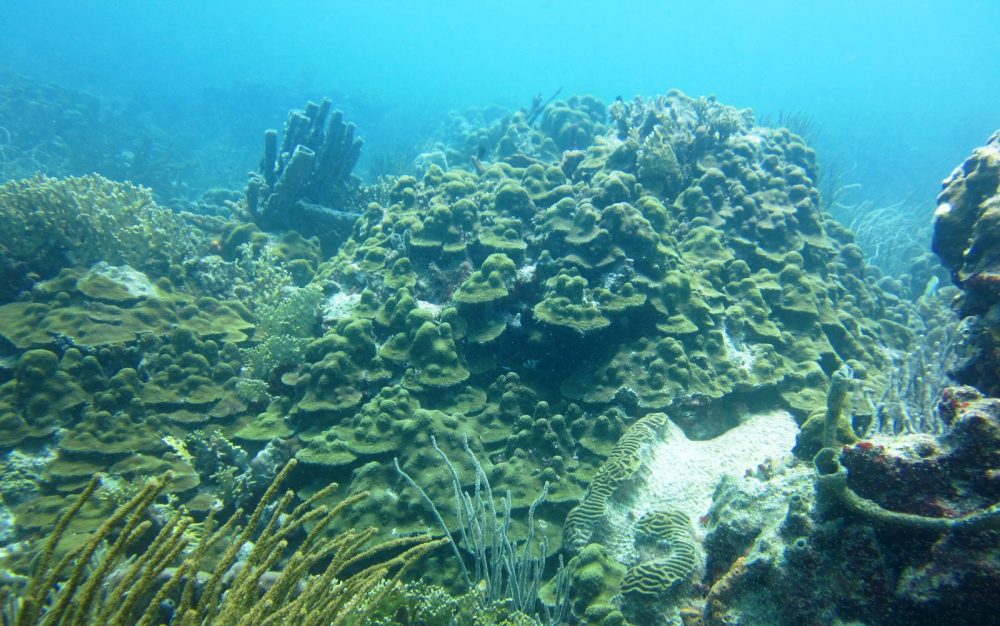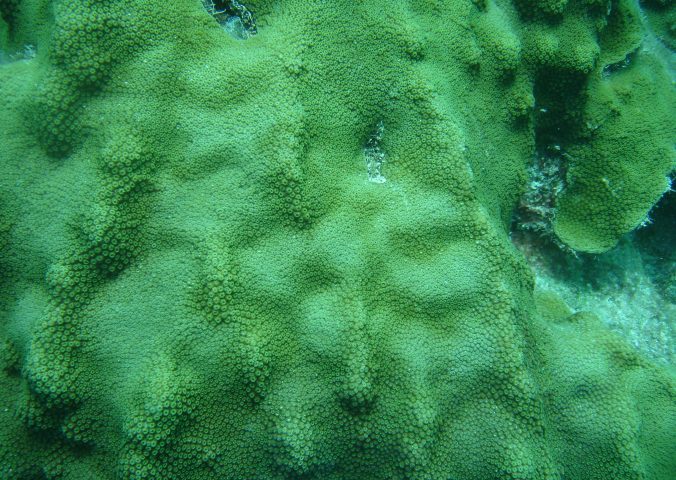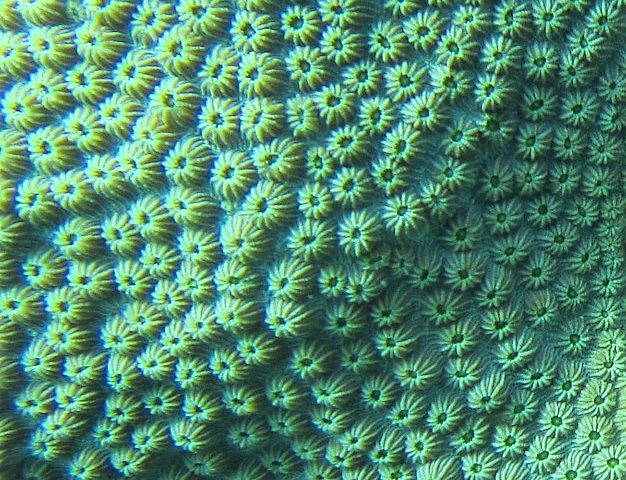About
Subject to a recent name change (previously known as Montastrea faveolata), Orbicella faveolata was distinguished from Orbicella annularis in 1994.
Commonly known Mountainous star coral, colonies of this species are large and can vary considerably in appearance. Along wave swept habitats colonies will appear flattened, whereas in less exposed regions the same species may well form dome or stump shaped colonies. Once a highly abundant species, Orbicella faveolata has declined rapidly in the last few decades and is now absent in many of the shallow reef habitats it once dominated. With a long generation period and slow growth rate, it will take time for numbers of this species to recover once its threats are removed.
Reference:
Huang D, Benzoni F, Fukami H, Knowlton N, Smith ND, Budd AF (2014) Taxonomic classification of the reef coral families Merulinidae, Montastraeidae, and Diploastraeidae (Cnidaria: Anthozoa: Scleractinia). Zoological Journal of the Linnean Society 171: 277–355
- Order: Scleractinia
- Family: Faviidae
- Population: Unknown
- Trend: decreasing
- Colony Size: Unknown
- Depth Range (m): 1 - 40
EDGE Score
Distribution
This species occurs in the Caribbean, the Gulf of Mexico, Florida, and the Bahamas. May also be present in Bermuda.
Habitat and Ecology
This species is most abundant in backreef and forereef environments between depths of 10 and 20 metres. The large structures produced by this species are of high ecological importance as they enhance the structural diversity, as well as integrity of reef systems.






